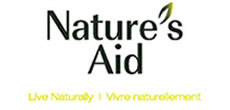Build it and they will come
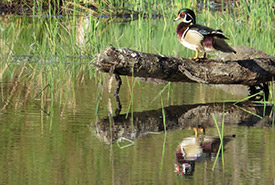
Wood duck at Chase Woods Nature Preserve (Photo by Ren Ferguson)
The Nature Conservancy of Canada’s West Coast stewardship team has been working on reconstructing a 2.6-hectare (6-acre) wetland on Chase Woods Nature Preserve. The project broke ground in 2018, transforming an old agricultural field into a marsh wetland, defined by a sinuous stream channel and eleven pools of varying depths.
Structurally, the restoration was a success. Fall and winter rains filled up the channel and pools, giving form to a freshwater marsh that now swells and shrinks with the seasons. But how do we know if this new wetland is doing what it is meant to do: provide functioning habitat for wildlife?
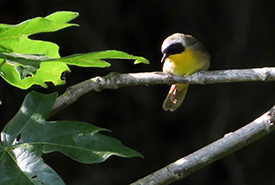
Common yellowthroat at Chase Woods Nature Preserve (Photo by Ren Ferguson)
Taking the pulse of the wetland
Local avian survey specialist Ren Ferguson has been monitoring the wetland for the past three years. Her observations show that, in a nutshell, the wetlands are working. There are higher numbers and more types of birds using this area today than there were before the restoration project began. And not just birds — frogs, fish and a whole variety of insects are showing up to take advantage of the wetland habitat.
Ren’s latest report shows that 2020 was a banner year for new species showing up at the wetlands:
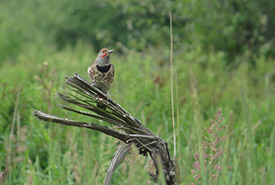
Northern flicker at Chase Woods Nature Preserve (Photo by Ren Ferguson)
-
Ten new bird species were observed in 2020 compared to previous years, including northern flicker, Virginia rail, Cooper’s hawk, Swainson’s thrush, Lincoln’s sparrow, green-winged teal and American wigeon.
-
Diving ducks (ring-necked duck, bufflehead, hooded merganser) showed up for the first time in 2020, indicating that as the wetland ages, it is developing diverse food sources.
-
Seven species of waterfowl overwintered in 2019-2020, compared to none pre-restoration.
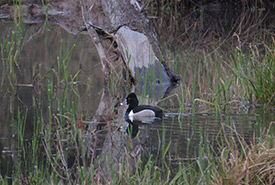
Ring-necked duck at Chase Woods Nature Preserve (Photo by Ren Ferguson)
-
Nesting increased in the wetland, including a few firsts for 2020. Wood duck and mallard successfully raised young to fully feathered juveniles, and breeding songbirds (red-winged blackbird, marsh wren, common yellowthroat) all constructed nests here.
-
Other wildlife that used the wetland included northern red-legged frog (special concern), long-toed salamander, threespine stickle back, North American river otter and bats (species unknown).
-
A new population of Vancouver Island beggarticks has become established in the wetland. This at-risk (special concern) wetland plant blooms with bright yellow flowers in late summer.
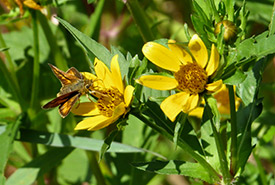
Woodland skipper butterfly on beggartricks at Chase Woods (Photo by Ren Ferguson)
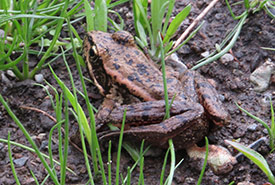
Red-legged frog at Chase Woods Nature Preserve (Photo by Ren Ferguson)
Partners in conservation
This project was funded by the Government of Canada via the Natural Areas Conservation Program, Katzaa Foundation, W.C. Kitchen Foundation, the Coca-Cola Foundation, TD Bank Group, US Fish and Wildlife Service, and Pure Green Earth Fund.

